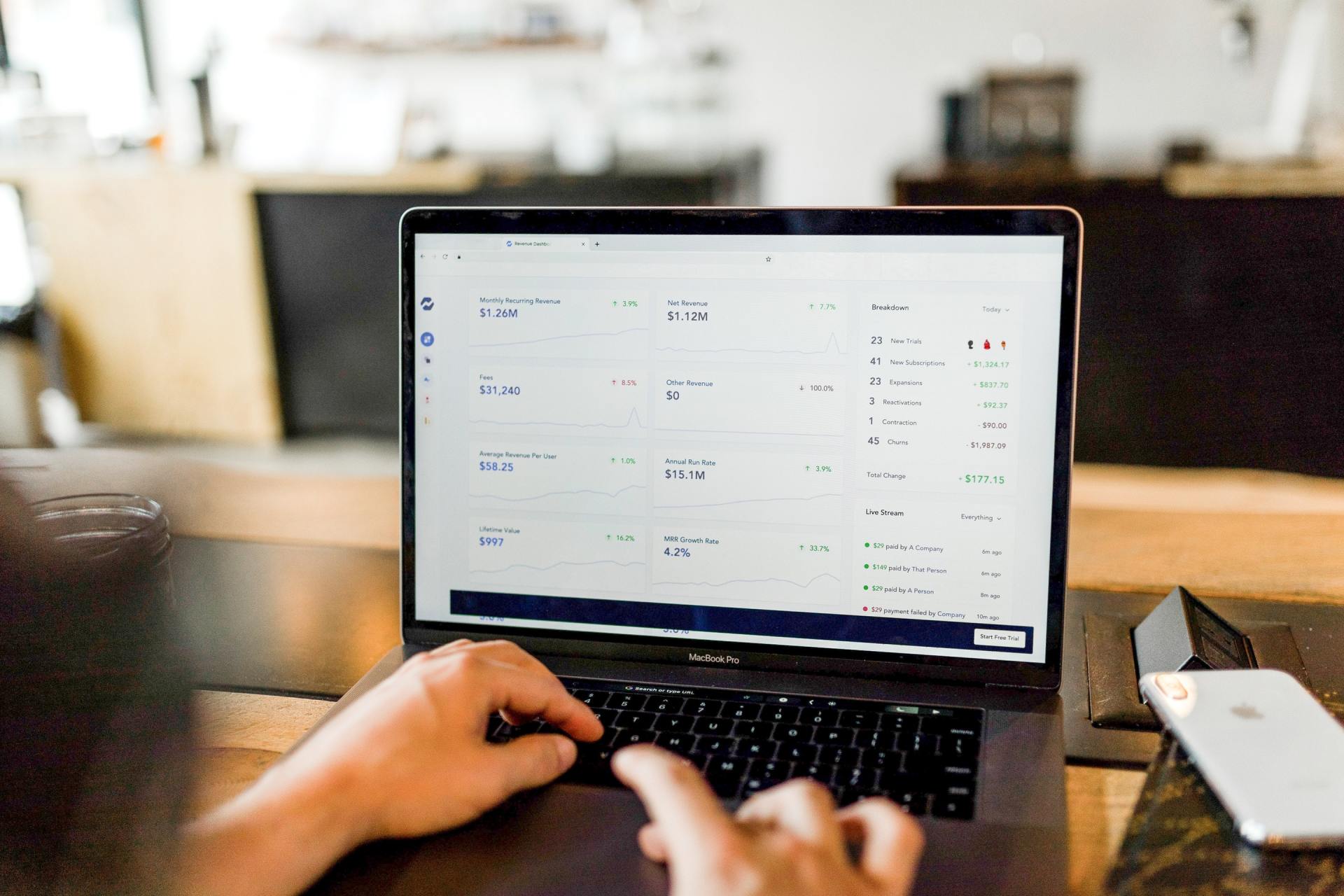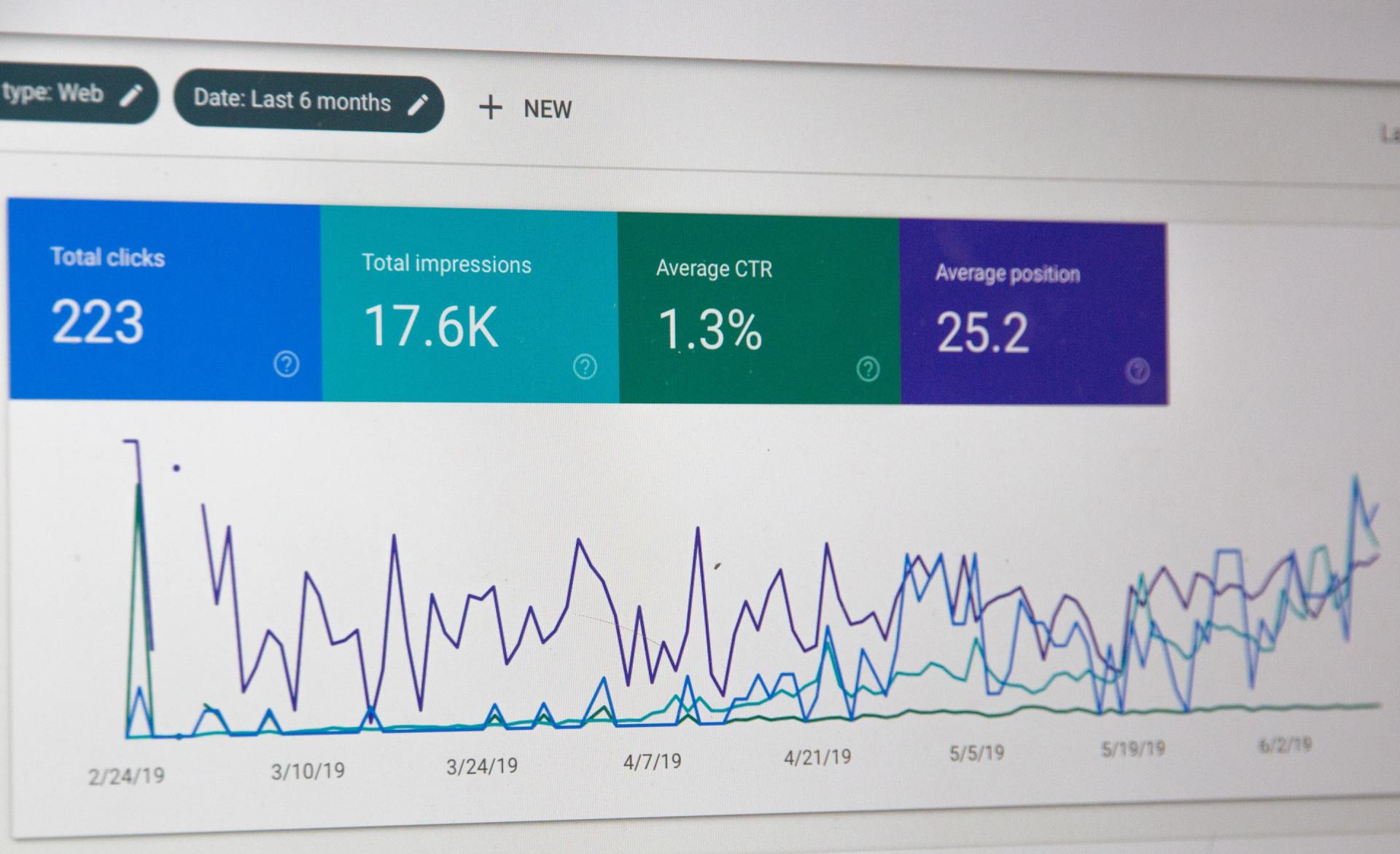A Beginner’s Guide to CRO
CRO, or conversion rate optimisation to give it its full name, is the process of getting people to take action when they visit a website.
So that could be making a purchase, signing up for a subscription or downloading some content. By designing parts of your website in a certain way, you can increa
se the chances of visitors becoming leads or customers before they leave your site.
Most websites want to attract as many visitors as they can. But getting more traffic doesn’t always mean more quality traffic and you could just be attracting people who are less likely go ahead with a purchase or become a lead.
So CRO takes things to the next level – by focusing on your existing traffic, instead of attracting endless new traffic to your site. CRO is about making your content work smarter for you, rather than you having to work harder to keep producing more and more content.
On any website, there are many possibilities for improving your CRO. Think of all the relevant pages on your site, such as your home page, landing pages, blog and pricing page. All of these can be optimised to increase your sales.
What can you do to make each page work better for you?
Home page
Your home page will probably have a lot of information on it and is the perfect place to start CRO. It’s often where visitors get their first impression of your business, so you want to make sure you can hold onto those visitors for as long as possible and encourage them to look further into your website.
Ways to do this include clear links to key products and services, a sign-up button or a live chat tool, which is available to answer visitors’ questions in real-time while they are on your site.
Landing pages
Landing pages are where people end up if they are already very tempted to take an action – whether that is making a purchase, booking an event or signing up for a free lead magnet, like an ebook.
To optimise your landing pages, you need to bring whatever it is you are offering to life – so include a brief excerpt of your ebook or a video of last year’s event. These small changes may be all it takes to see significant growth in your conversions.
CRO marketing strategies that could work for you
There are lots of ways to improve your CRO, but here are a few that may work for you.
Include pop-ups on your blog
A small number of unobtrusive and relevant pop-ups on your blog can make it easier for visitors to take the action you want them to take. There are a variety of options including slide-in boxes, drop-down banners or pop-up boxes, which will make it easier for your readers to click through.
Your pop-ups should attract attention and offer your reader something of interest – whether that is a discount, free delivery or more information from a free ebook.
Include calls to action in your blog
If you want your readers to take action, don’t always wait until the end of a blogpost to encourage them. Many visitors will only read the first few lines of a post and others will ignore a call to action (CTA) in a banner. Banner blindness is a real thing - many people just don’t see them!
So a text-based CTA is a good way round this. Your CTA could be fully embedded in your blog copy or could be a line on its own in the style of a sub-heading. Small-scale tests have shown these to be far more effective in converting leads than a banner at the end of a post.
Test your landing pages
Your landing pages are some of the most important pages on your site. They are where a visitor becomes a lead and an existing lead becomes a customer or regular customer. So you want your landing pages to really work for you. But how do you know you’ve got them right?
You need to perform split testing, or A/B testing, to get the most from your landing pages. Test different versions of each page, making small changes each time, so you can find out which version of your copy works best (and how much copy is the optimum amount), which images are right, which font size and colour work and where best to position the various elements on the page.
Use automation to boost sales
You can use automation on your website to boost sales. Options include an email to people who abandon a shopping basket, to remind them that they’ve still get items waiting.
Your sales team can also get alerts when someone has looked at a key page, such as the pricing page, which may indicate that they are looking to go ahead with a purchase. This could generate a live chat pop-up or your sales team could get in touch directly to see if they need any help or further information.
For high ticket services, you could also use automation to generate emails to set up a meeting between a lead and your sales team.
Getting started
We’ve shared a lot of information here, which we hope you will find helpful. But you may be wondering where to start. Every business and every website is different and you need to focus on the actions which are going to make the biggest difference for you.
Before starting work on CRO, consider every action (eg optimising your best blog posts or testing your landing pages) in terms of its importance, ease and potential. Answer the following questions in relation to each of the strategies in the section above and give them a score between one and 10:
- How valuable will the improvement be? (importance)
- How easy will it be to implement the improvement? (ease)
- How much of an improvement can you make? (potential)
Add the scores from the three questions together for each of the strategies, to give you an overall score out of 30. You should start work on the highest scoring strategies first to give you the biggest and quickest wins.
With a bit of time and effort, CRO can make a real difference to your business.
Once you have got it up and running, you should ensure that it is fully embedded in your business, so that every time someone uploads a new web page to your site, they are considering CRO right from the start.
More Posts.









